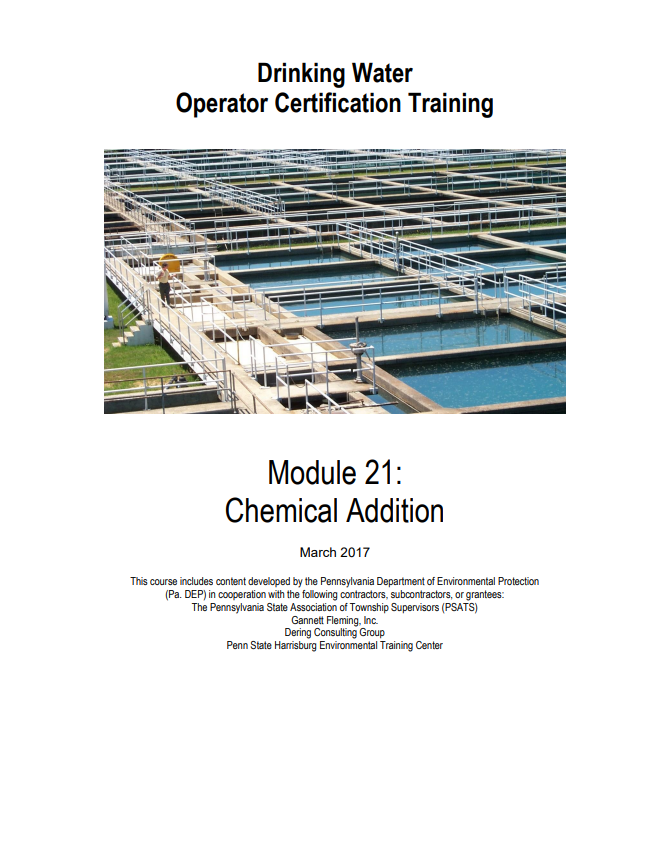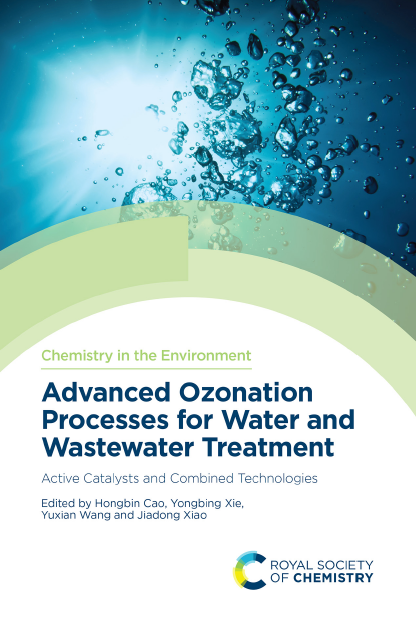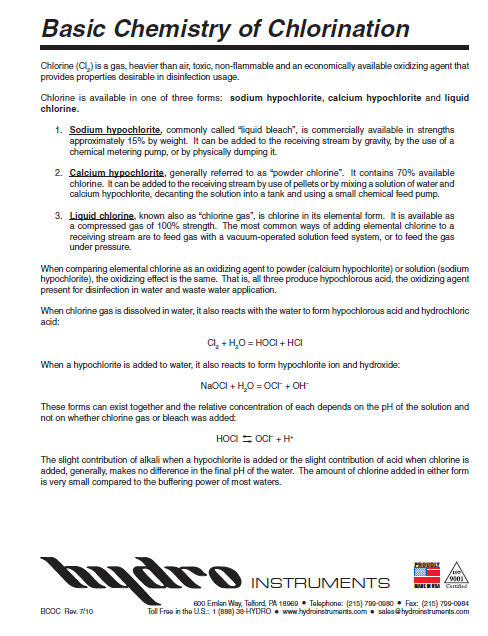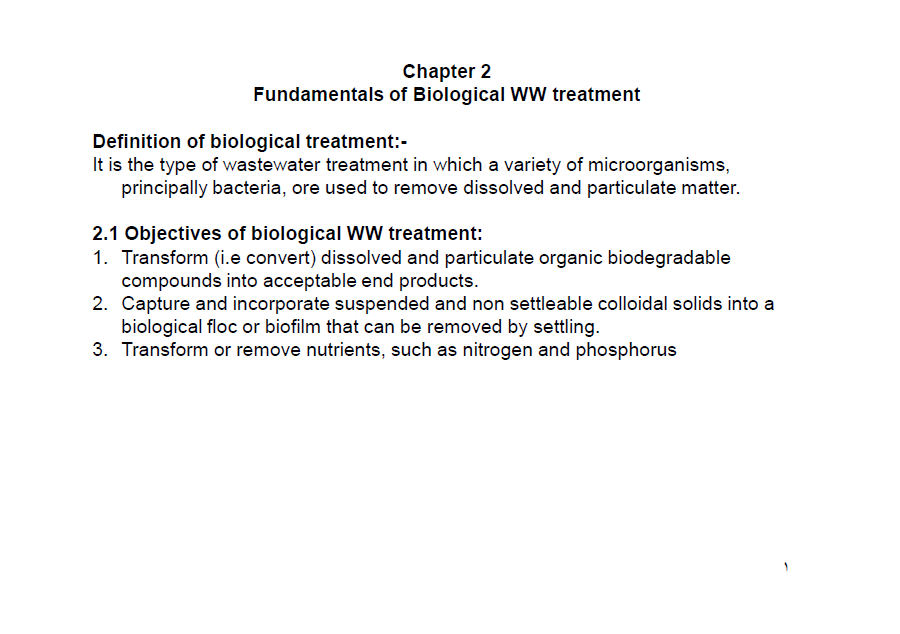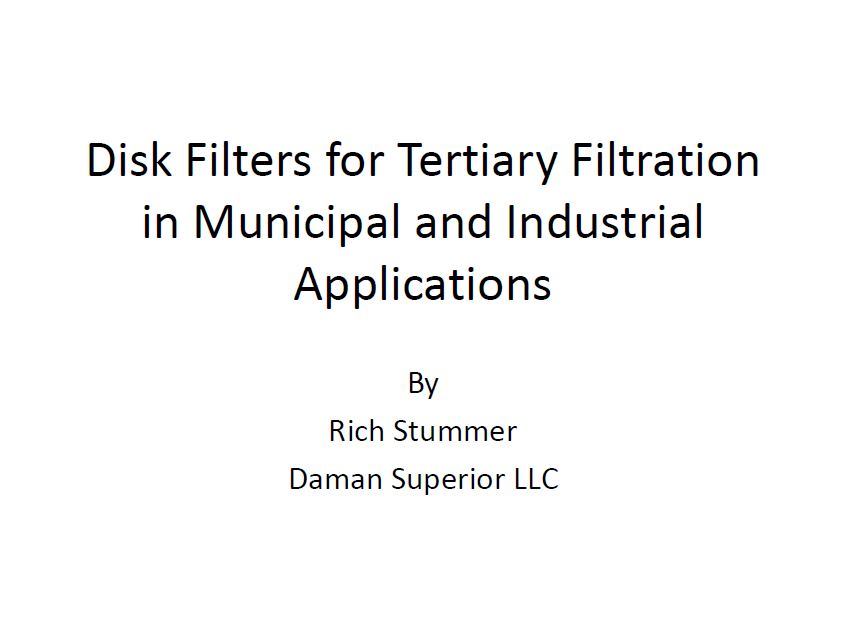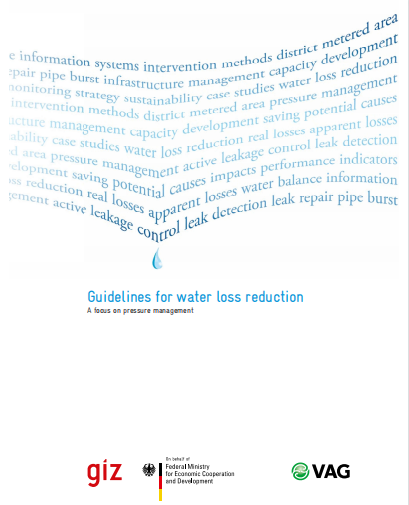Advanced Ozonation Processes for Water and Wastewater Treatment
Introduction
Nowadays, the catalytic ozonation process, which includes homogeneous and heterogeneous catalytic ozonation, is often regarded as a potential technology in water treatment due to its notable performance. Compared to single ozonation and homogeneous catalytic ozonation, heterogeneous catalytic ozonation could increase oxidation rate as well as mineralization degree and decrease the utilization efficiency of ozone, and it is characteristic of reclamation and lack of secondary pollution. Thus it is considered to be a promising wastewater treatment process. Various metal oxides, including typical transition metal oxides, other single-metal oxides and mixed metal oxides, have been widely adopted as heterogeneous catalysts in catalytic ozonation because of their excellent catalytic capability. A comprehensive summary of the application and mechanism in heterogeneous catalytic ozonation can provide theoretical support and guidance for designing and choosing suitable catalysts to obtain higher removal efficiency in different
kinds of wastewater. Therefore, the application and recent advances of various metal oxides in catalytic ozonation of organic contaminants in wastewater are summarized in this chapter. Moreover, their mechanism of heterogeneous catalytic ozonation by metal oxides, the reactive oxygen species and surface reaction process will also be discussed.
Advanced Ozonation Processes for Water and Wastewater Treatment
Introduction
Nowadays, the catalytic ozonation process, which includes homogeneous and heterogeneous catalytic ozonation, is often regarded as a potential technology in water treatment due to its notable performance. Compared to single ozonation and homogeneous catalytic ozonation, heterogeneous catalytic ozonation could increase oxidation rate as well as mineralization degree and decrease the utilization efficiency of ozone, and it is characteristic of reclamation and lack of secondary pollution. Thus it is considered to be a promising wastewater treatment process. Various metal oxides, including typical transition metal oxides, other single-metal oxides and mixed metal oxides, have been widely adopted as heterogeneous catalysts in catalytic ozonation because of their excellent catalytic capability. A comprehensive summary of the application and mechanism in heterogeneous catalytic ozonation can provide theoretical support and guidance for designing and choosing suitable catalysts to obtain higher removal efficiency in different
kinds of wastewater. Therefore, the application and recent advances of various metal oxides in catalytic ozonation of organic contaminants in wastewater are summarized in this chapter. Moreover, their mechanism of heterogeneous catalytic ozonation by metal oxides, the reactive oxygen species and surface reaction process will also be discussed.


